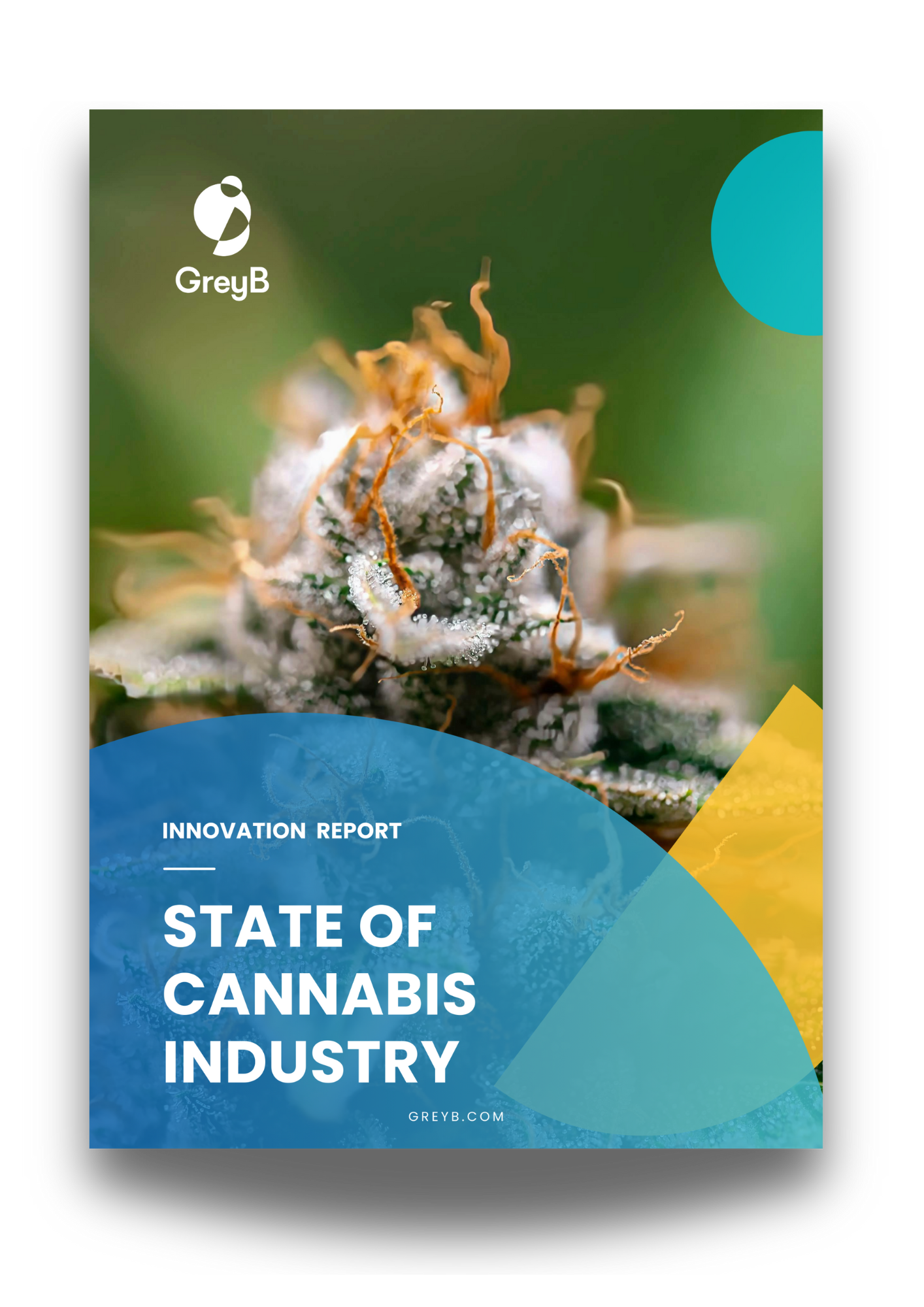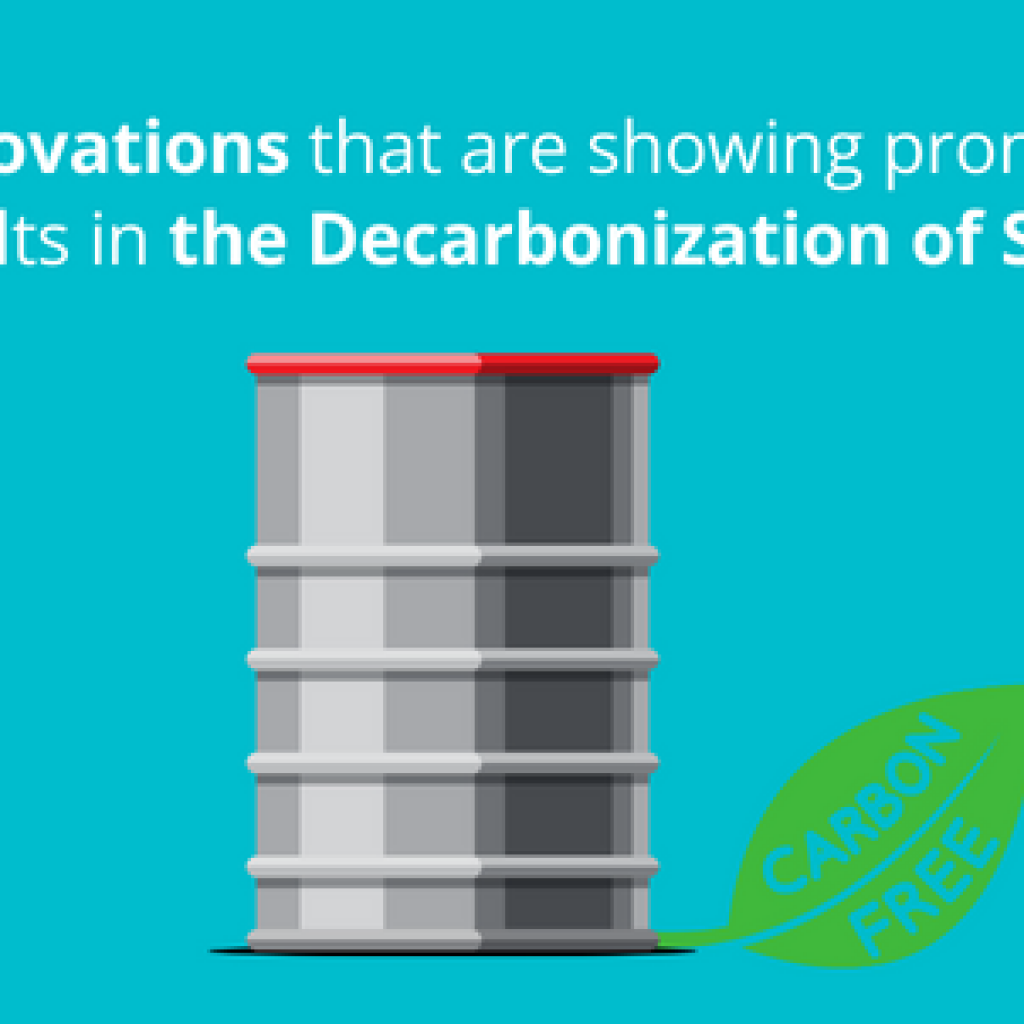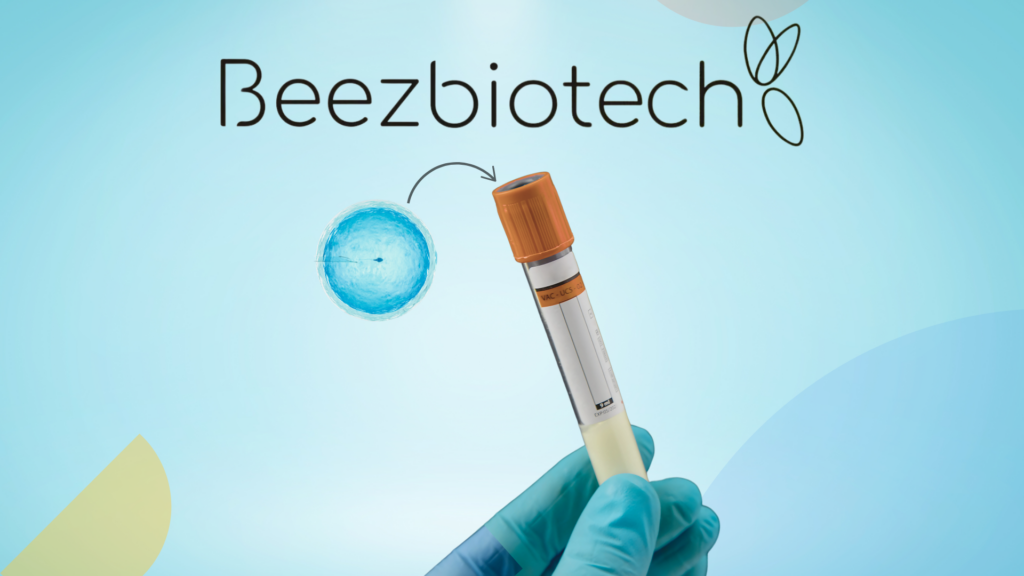Cannabinoids, particularly those derived from cannabis, are increasingly recognized for their potential in treating conditions like epilepsy, chronic pain, and neurological disorders. Unlike traditional treatments, which often target a single mechanism of action, cannabinoids like CBD interact with the body’s endocannabinoid system, specifically the CB1 and CB2 receptors. This interaction helps modulate neurological and immune responses, offering a broader therapeutic effect.
In clinical trials, 43% of patients treated with CBD have shown significant reductions in seizure frequency. The results demonstrate its potential in treating conditions like Dravet syndrome.
However, significant research challenges remain, particularly around bioavailability, consistent dosing, and delivery systems. A recent study of 105 CBD products found that 58% contained more CBD than advertised, while 18% had less.
This article examines how pharmaceutical companies are addressing these technical challenges and shaping the future of cannabis-based therapies worldwide.
Our report on Cannabis in Healthcare further highlights the key trends, emerging technologies, and patent insights, helping innovation leaders identify growth opportunities and strategic investments.
Get the report to stay ahead in the rapidly evolving cannabis industry.

Cannabis Will Boost Brain Energy and Fight Memory Loss
Florascience, in collaboration with the Salk Institute for Biological Studies, has developed a new way to use cannabis-based agents for treating neurodegenerative disorders.
These cannabinoids block oxytosis and ferroptosis, thereby reducing oxidative damage, maintaining mitochondrial function, and supporting overall brain cell health.
Unlike traditional treatments that only ease symptoms, this method prevents neuron loss at the cellular level, directly addressing the disease’s root cause. If further optimized for better absorption and approved for medical use, this innovation could alter the course of neurodegenerative diseases.
Explore other companies’ research on cannabis for treating neurological disorders using our AI-based research tool, SLATE. Just ask your question and get the answer in a few minutes!

Fast-Growing Hemp for High-CBD Medical Use
Developed by the Chuncheon Bio Industry Foundation and the Industry-Academic Cooperation Foundation of KNU, the Pinkpepper hemp cultivar addresses the challenge of low-CBD content in traditional hemp farming.
Through crossbreeding the KHV2 genetic resource with Indian strains, this cultivar increases cannabinoid production and raises the level of cannabidiolic acid (CBDA), a key precursor to CBD. Its auto-flowering trait eliminates the need for light-sensitive growth cycles, allowing for two harvests per year and enabling cultivation in various environments, including both smart farms and open fields.
In addition to its adaptability, the Pinkpepper cultivar promotes sustainability by improving water use efficiency and reducing the need for pesticides, which are critical factors in minimizing environmental impact.
The Pink Pepper genome, now 99.6% complete with over 30,000 annotated genes, has become the new reference standard, replacing the inconsistent genetic data that has limited cannabis research for years.
This makes growing easier and supports mechanized harvesting, improving overall efficiency. The cultivar’s genetic consistency is ensured through advanced in vitro propagation, guaranteeing reliable yields that meet medical hemp standards, including consistent cannabinoid profiles and compliance with low THC content and Good Agricultural and Collection Practices (GACP) for medicinal plants.
CBD and Flavonoid-Based Therapy for Cancer Treatment
Newcastle University and Ecofibre USA Inc. have developed a novel therapy using a combination of CBD and flavonoids to improve cancer treatment, particularly for gynecological and estrogen-sensitive cancers like ovarian and endometrial cancer. This combination enhances the effectiveness of chemotherapy by triggering cancer cell death (apoptosis) and reducing tumor growth.
Unlike traditional cancer therapies, which often have significant side effects, the therapy uses CBD derived from hemp (50%- 99.9%) and flavonoids such as myricetin, taxifolin, and chrysin (0.1%- 50%), all of which are potent antioxidants. These compounds help slow tumor growth and allow for lower chemotherapy doses, significantly reducing the side effects typically associated with treatment.
While other cannabinoids, like THC, have shown promise in cancer treatments by alleviating pain and nausea, they do not demonstrate the same targeted action in promoting cell death and slowing tumor growth as this CBD-flavonoid combination. Compared to other CBD formulations, this novel therapy benefits from the synergistic effects of flavonoids, which may enhance the therapeutic potential and offer more precise and effective results.
If further optimized and approved, this therapy could provide a more tailored approach to cancer treatment, adaptable for oral, intravenous, or mucosal administration, depending on the treatment plan, potentially offering a safer and more effective alternative to traditional therapies.
Cannabinoid-Infused Textiles for Relaxation and Better Sleep
Naturecom Tec Ug and Zweizehn & Co Kg GmbH have developed an innovative fabric infused with cannabinoids to support sleep and relaxation. This fabric contains small pockets filled with cannabis flowers or hemp, which slowly release cannabinoids throughout the night.
THC levels range from 0.001% to 5%, providing a calming effect without inducing a high. The textile design ensures that cannabinoids are evenly distributed while maintaining the integrity of materials like down, fibers, or foam. This slow-release mechanism helps soothe the autonomic nervous system, promoting steady, natural relaxation without compromising comfort.
Unlike traditional hemp textiles, this new approach turns fabric into a functional wellness product, offering a unique way to combine sleep technology with cannabinoid therapy for a more effective relaxation experience.
In line with this innovation, a pilot study published in Healthcare in March 2025 investigated the effects of CBD-coated pillow covers on sleep quality among 55 nurses working rotating shifts. The results revealed significant improvements, with 7.3% of participants achieving Pittsburgh Sleep Quality Index (PSQI) scores below 5, indicating improved sleep quality. Additionally, while modest increases in light and deep sleep durations were observed, they were not statistically significant. However, a notable reduction in anxiety levels was reported (p < 0.005), highlighting the potential of cannabinoid-infused textiles for enhancing overall wellness.
CBD-Based Therapy for Seizure Management
Poviva Corporation has developed a solution using cannabidiol (CBD) as the main therapeutic agent in a patented oral formulation designed to improve CBD’s bioavailability and stability.
This innovation aims to provide an alternative to traditional, often complex, and less patient-friendly epilepsy treatments. The formulation combines CBD oil extract with olive oil, mannitol, colloidal silicon dioxide, and deoxycholic acid to enhance absorption and effectiveness.
Olive oil facilitates better CBD absorption in the digestive system, while mannitol and colloidal silicon dioxide help stabilize the formulation. Deoxycholic acid further supports absorption, ensuring that CBD reaches therapeutic levels in the bloodstream, offering a more effective and patient-friendly approach to seizure control.
Conclusion
New cannabis-based treatments, like those targeting mitochondrial dysfunction or cancer outcomes, show promise. Adopting emerging technologies like AI enhances product efficacy and precision, ensuring research teams stay ahead in this evolving industry. But consistency is still a major hurdle in cannabinoid therapy.
If your goal is market-ready cannabinoid therapy in under 3 years, formulation consistency will be your differentiator. Find high-yield cultivars and precision delivery technologies to move from lab to clinical trial with fewer reformulations. Talk to our experts today by filling out the form below.








